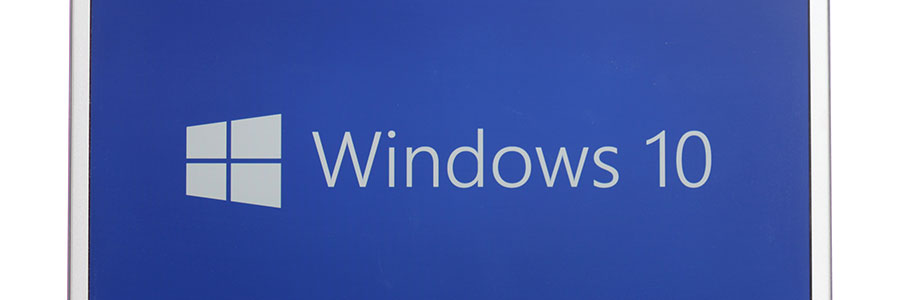SMB stands for small- and medium-sized businesses, not Sorry Microsoft none of your Business. To clear up this misunderstanding, Microsoft has decided to offer Windows 10 upgrades to SMBs that previously refused to update. If you’re still unsure about it all, you can decide after reading this.
“They’re extending the free upgrade to this segment of customers to help them get to Windows 10,” said Wes Miller, an analyst at Direction on Microsoft, specializing in complex licensing rules and practices. Much like the 12-month upgrade deal that ended last August, this offer applies to personal computers running on Windows 7 or Windows 8.1. The only difference is, the offer is exclusive for businesses that have subscribed to one of the Windows Enterprise plans.
According to Nic Fillingham, a small business product manager: “Customers subscribed to Windows 10 Enterprise E3 and E5 as well as Secure Productive Enterprise E3 and E5, can now upgrade their Windows 7 and Windows 8.1 PCs and devices to Windows 10 without the need to purchase separate upgrade licenses.“
The Windows 10 Enterprise E3 and E5 subscriptions are priced at $7 per user per month and $14 per user per month, or $84 and $168 per user annually. Unlike Microsoft’s historical licensing — which permanently licensed the operating system on a per-device basis — the E3 and E5 subscriptions are per-user licenses, and payments must be maintained to run the OS. This was introduced to target customers that didn’t want to sign a long-term volume licensing agreement.
In order to qualify for a Windows 10 Enterprise E3 or E5 subscription — which are delivered through a CSP (cloud service provider) — devices must already be running on Windows 10 Pro. SMBs could upgrade their devices for free last year if those devices ran older Windows 10 versions, and SMBs can upgrade the devices they newly acquire this year if those devices are already equipped with Windows 10 Pro.
“When the CSP originated, the only qualifying OS was [Windows] 10 Pro Anniversary Update,” said Miller. “You had to be on 10 Pro. So, if you missed the consumer upgrade window, you would have to buy the underlying 10 Pro license.” It’s this license that Microsoft is giving away to customers subscribing to Windows 10 Enterprise E3 or E5. The acquired license is “perpetual” and will be tied to the specific device. “This means the license will not expire or be revoked if the customer chooses to end their Windows cloud subscription in the CSP program,” added Fillingham.
Since the upgrade is considered a subscriber benefit, a PC upgrade might be needed — from Windows 10 Pro to Windows 10 Enterprise — and if the user isn’t already covered by an E3 or E5 subscription, an additional $7 or $14 monthly is needed to run the system. Miller stated that the likeliest reason Microsoft brought back the free upgrade was to get more people onto the User Subscription License (SL). Providing upgrades from older editions makes more of a customer’s PCs eligible for use under the SL model of E3 and E5 (which is licensed per user, not per device). Another motivation could be to promote a partner-centric CSP.
Microsoft has officially confirmed the Windows 7/8.1-to-Windows 10 Pro upgrade offer is a permanent addition to the benefits for subscribers to Windows 10 Enterprise E3 and E5, and not a time-limited pitch. If you’re still hesitating or would like to ask some more questions, feel free to give us a call anytime!
